Choosing the Right Squat Rack for You
Find out how to choose the best squat rack for your home or commercial gym. We break down types, features, and what to look for based on your fitness goals and space.

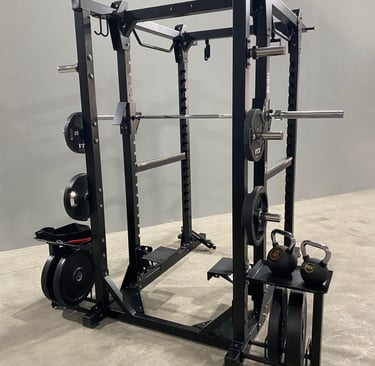
Choosing the Right Squat Rack for You
Before diving into the details, it's important to understand your specific requirements. Consider the following:
Space Considerations
The first step in choosing a squat rack is understanding the space you have available. Measure the area where you plan to install the rack carefully. You'll need to account not only for the rack itself but also for additional equipment like benches, weights, and enough room to perform exercises safely. Consider ceiling height as well, especially if the rack includes a pull-up bar.
Budget Planning
Determine how much you're willing to invest in your squat rack. Prices can vary significantly, from budget-friendly models to high-end options. Establishing a budget upfront will help you narrow down your choices and prevent overspending. Remember to factor in the cost of any additional accessories you might need, such as safety bars or storage pegs.
Aligning with Training Goals
Your training goals should heavily influence your squat rack choice. Are you focusing on powerlifting, bodybuilding, or general fitness? Powerlifters might prioritize a rack with high weight capacity and safety features, while bodybuilders might look for options with attachments for varied exercises. Understanding your goals helps ensure the rack you choose supports your fitness journey.
Frequency of Use
Consider how often you plan to use the squat rack. If it's going to be a central part of your daily routine, investing in a more durable and feature-rich option might be worthwhile. For occasional use, a simpler, more budget-friendly rack could suffice. Frequent users should prioritize durability and ease of use.
User Experience
Think about who will be using the squat rack. Will it be just for you, or will multiple people with different heights and abilities be using it? Adjustable features become crucial when accommodating various users. Additionally, if multiple users will use it, consider a rack with easy-to-adjust settings to minimize disruption between workouts.
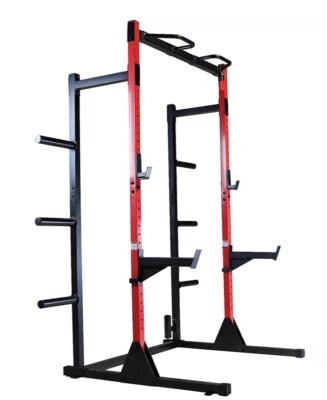

Types of Squat Racks
There are several types of squat racks, each with its own benefits. Here's a breakdown of the most common types:
Power Racks
Power racks, also known as power cages, are the most versatile option. They are fully enclosed with four uprights and often include safety bars.
Safety and Versatility
The design of power racks provides a high level of safety, making them ideal for solo lifters. The enclosed structure allows for a wide range of exercises, including squats, bench presses, and deadlifts. This makes them suitable for both beginners and advanced lifters looking for a comprehensive workout solution.
Space and Cost Considerations
While power racks offer numerous benefits, they do require more space and tend to be more expensive. Consider your available space carefully before opting for this type. High-quality power racks often come with extra attachments like pull-up bars or dip stations, adding to their cost but also their utility.
Customization and Accessories
Power racks often come with a plethora of customization options. Look for models that offer adjustable safety bars and the ability to add various attachments. This flexibility allows the rack to evolve with your fitness needs, making it a long-term investment in your health and strength.
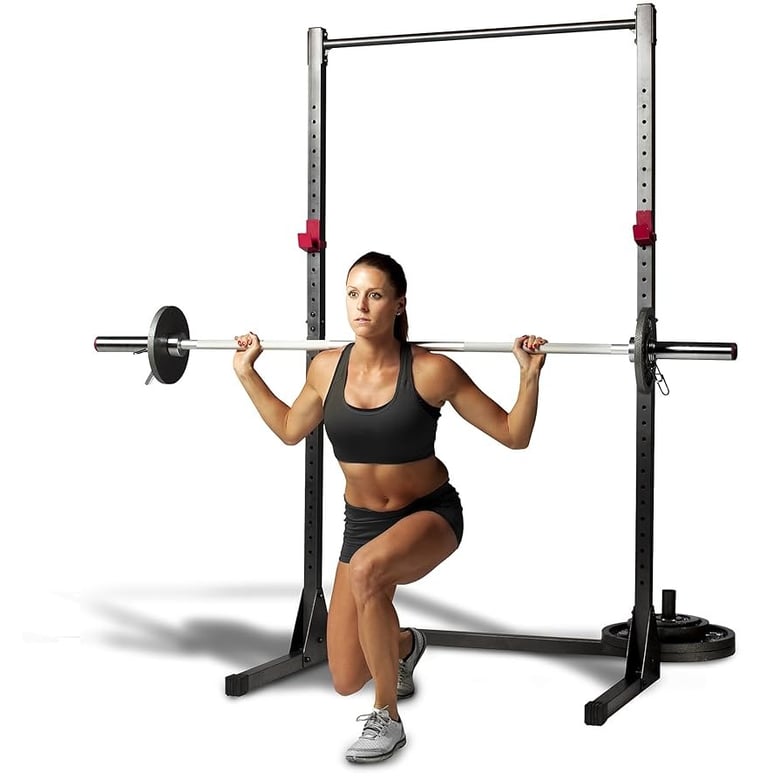

Half Racks
Half racks are similar to power racks but only have two uprights. They take up less space and are typically more affordable.
Space Efficiency and Affordability
Half racks are a great option for those with limited space. They are less bulky than power racks, making them suitable for smaller home gyms. Additionally, they tend to be more affordable, which makes them an attractive option for budget-conscious buyers.
Stability and Safety
However, half racks offer less stability and fewer safety features compared to full power racks. This makes them less suitable for very heavy lifting. Users should ensure they are comfortable with the safety limitations and consider if additional safety accessories are necessary.
Ideal User Profile
Half racks are ideal for intermediate lifters who want to perform a variety of exercises without breaking the bank. They strike a balance between functionality and cost, making them a popular choice for many home gym enthusiasts.
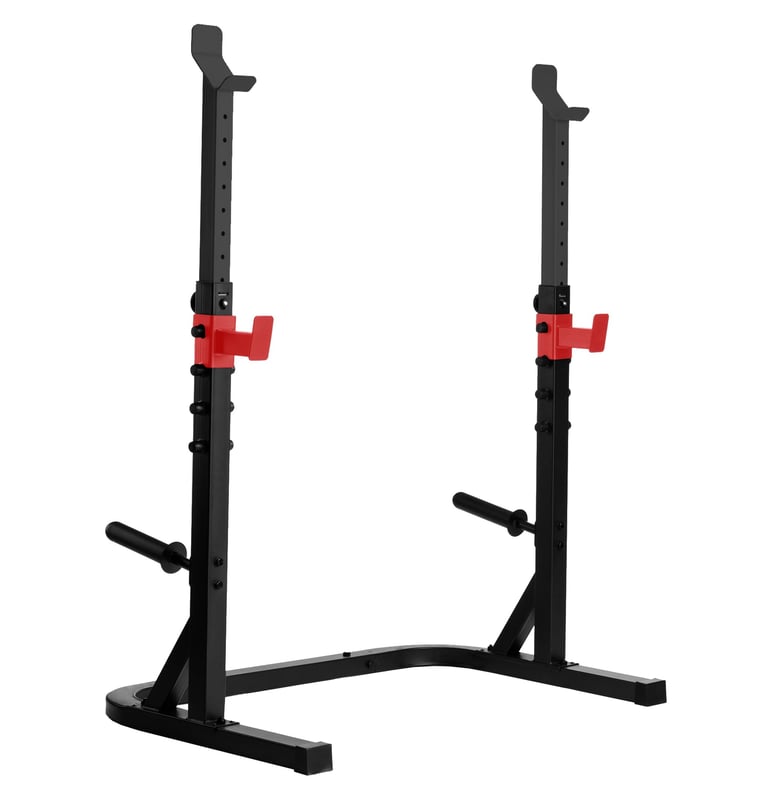

Squat Stands
Squat stands are the most basic form of squat racks. They consist of two separate stands that can be adjusted for height.
Portability and Ease of Use
Squat stands are lightweight and easy to move, making them perfect for those who need a portable solution. Their simple design allows for quick setup and adjustment, catering to users who frequently change their workout space or need to store the equipment after use.
Limitations in Safety and Capacity
One of the main drawbacks of squat stands is the lack of safety features. They are not suitable for very heavy lifting and may pose a risk without proper spotting. Users should be cautious and perhaps consider them for lighter or moderate lifting sessions.
Best Fit for Users
Squat stands are best suited for beginners or those with very limited space. They offer a cost-effective entry point into strength training, but users should be aware of their limitations regarding safety and maximum weight capacity.
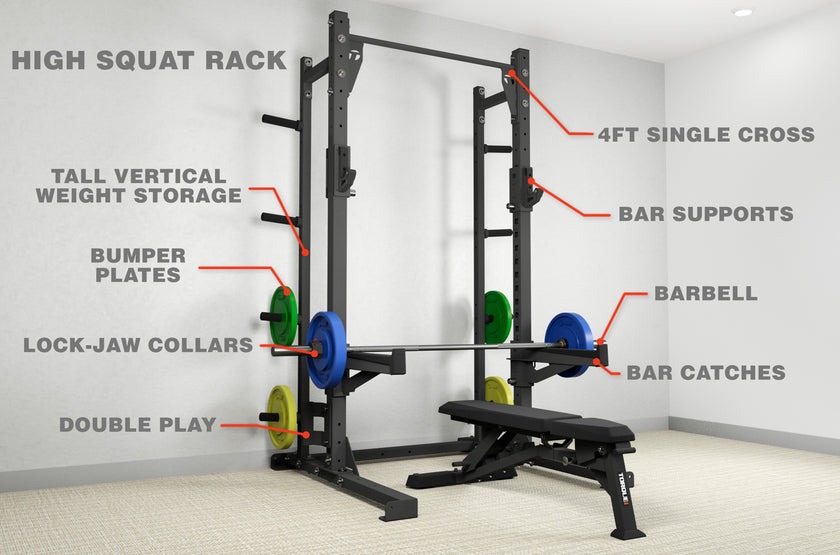

Key Features to Consider
When selecting a squat rack, consider these important features:
1. Weight Capacity
Choose a rack that supports more than your current lifting max to allow for growth.
Pay attention to both static and dynamic load capacity.
Always follow the manufacturer’s tested specifications for safety.
2. Safety Features
Look for adjustable safety bars, spotter arms, or straps.
Ensure the rack is stable and doesn’t wobble, especially under heavy or explosive lifts.
3. Adjustability
Adjustable height for barbell and safety bars enhances versatility.
Look for racks with easy-to-use pin or quick-release systems.
Compatibility with attachments adds long-term functionality.
4. Attachments & Accessories
Consider extras like pull-up bars, dip stations, or weight pegs.
Only invest in features that match your workout needs and space.
Make sure your rack supports the attachments you plan to use.
5. Build Quality
Prioritize racks made from high-quality steel with strong welds and finishes.
Durability ensures safety and long-term value.
Stick with reputable brands that offer solid warranties and customer service.
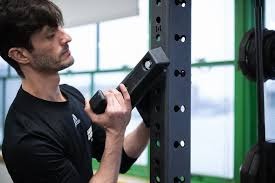

Setting Up Your Squat Rack
Once you've chosen the right squat rack, proper setup is crucial for safety and performance. Follow these tips:
1. Placement & Flooring
Place the rack on a flat, stable surface to avoid wobbling.
Use rubber mats to protect floors, reduce noise, and improve grip.
Ensure there’s enough space around the rack for safe movement and accessibility.
2. Assembly
Follow the manufacturer’s instructions carefully during setup.
Tighten all bolts and screws securely to ensure structural integrity.
Consider professional assembly if you're unsure about proper setup.
3. Stability & Safety Checks
Test the rack's stability before first use by lightly pushing/pulling it.
Set safety bars and pins to appropriate heights for your workouts.
Regularly check for loose bolts or wear as part of your gym maintenance routine.
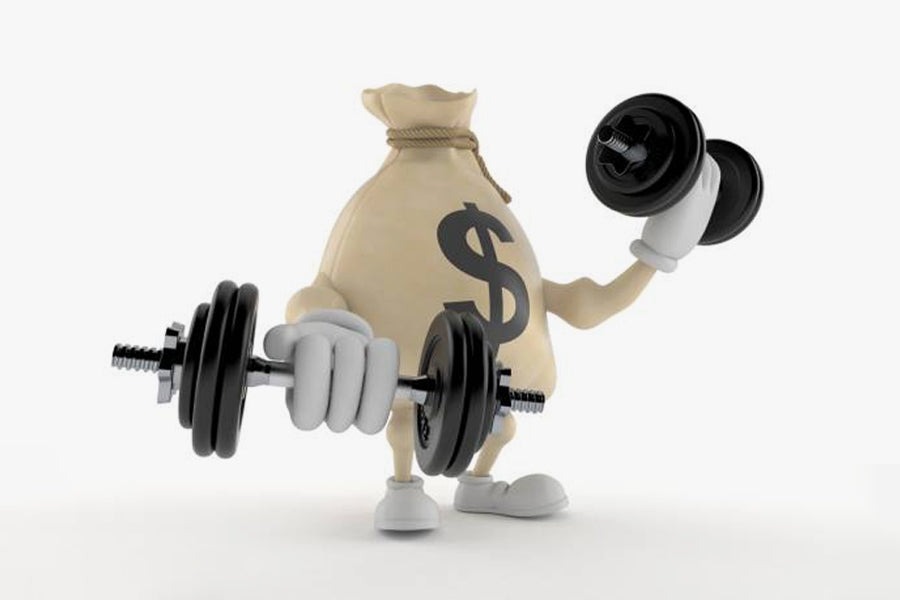

Cost Considerations
When budgeting for a squat rack, consider the total cost, including any additional attachments or accessories you may need. Prices can range from $200 for basic squat stands to over $1000 for high-end power racks.
Evaluating Value for Money
Consider the long-term value of the squat rack in relation to its cost. Investing in quality equipment can enhance your training experience and safety. A more expensive rack with higher durability and versatility may offer better value over time.
Factoring in Additional Costs
Beyond the base price, consider the cost of necessary attachments, mats, and potential assembly services. These additional costs can add up, so factor them into your overall budget to avoid surprises.
Budgeting for Future Upgrades
As your training progresses, you might find the need for additional features or a more robust rack. Consider setting aside a budget for future upgrades to ensure your equipment continues to meet your evolving needs.
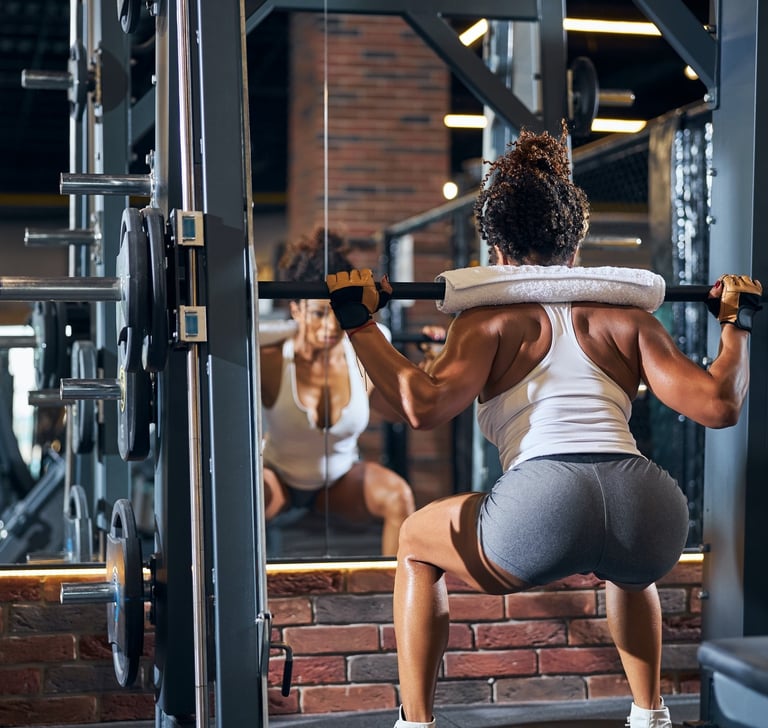

Choosing the right squat rack for your home gym requires careful consideration of your space, budget, and training goals. By understanding the different types of squat racks and their features, you can make an informed decision.
Making an Informed Decision
Whether you're a beginner or an experienced lifter, the right squat rack will support your fitness journey and help you achieve your goals. Investing time in research and consideration ensures you select a rack that meets your needs and enhances your workout experience.
Supporting Your Fitness Journey
The right squat rack is an investment in your health and strength. It provides a safe and effective platform for achieving your fitness goals, making it a cornerstone of any serious home gym setup.
Taking the Next Steps
By considering these factors and understanding your personal needs, you can find the perfect squat rack for your home gym. Happy lifting! Remember, the right equipment is just one part of the equation; commitment and consistency in your workouts are key to success.
